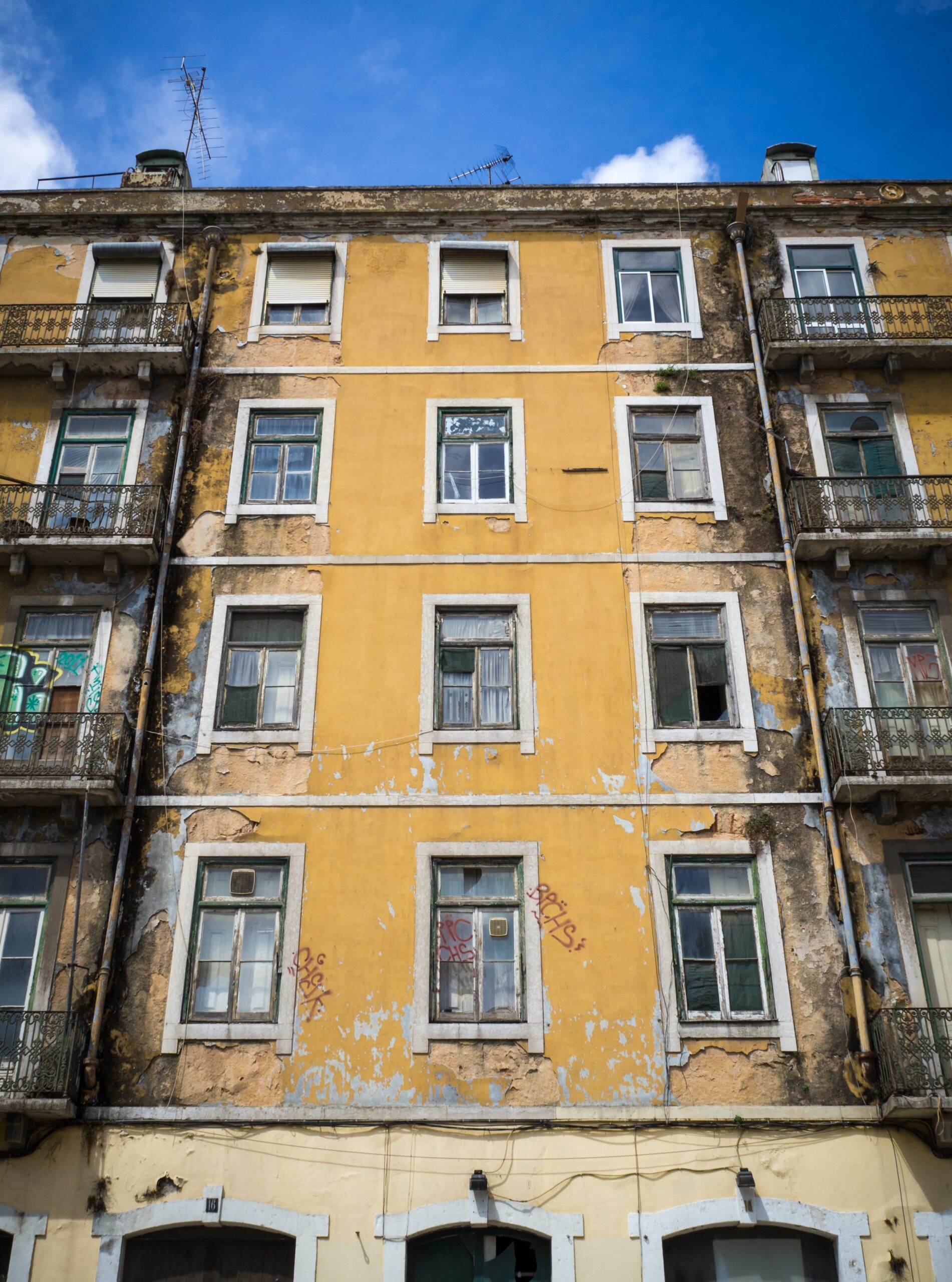Item 2.23 of List I annexed to the CIVA, as amended by Law No. 56/2023 (Mais Habitação), establishes the application of the reduced VAT rate to building rehabilitation works and the construction or refurbishment of public-use collective facilities, provided they are located within legally designated Urban Rehabilitation Areas (ARU) or are part of nationally significant redevelopment projects.
Decree-Law No. 307/2009 defines “Building Rehabilitation” as interventions aimed at improving a building’s performance and safety, enabling new uses or maintaining the existing use with higher standards. Although item 2.23 does not impose additional formalities, the Tax Authority recommends that taxpayers obtain a document issued by the local authority confirming that the property is located within an ARU.
To qualify for the reduced VAT rate, two cumulative conditions must be met:
- The intervention must be classified as urban rehabilitation by the local council;
- The taxpayer must hold a municipal document confirming the property’s location within an ARU and its compliance with Decree-Law No. 307/2009.
Works that do not fall within the scope of an urban rehabilitation contract or fail to meet the requirements of the Legal Framework for Urban Rehabilitation are subject to the standard VAT rate.
Regarding Property Transfer Tax (IMT), Article 45 of the Tax Benefits Statute (EBF) exempts property acquisitions for rehabilitation purposes, provided that:
- The buildings are over 30 years old or located within an ARU;
- The interventions improve the building’s conservation status by at least two levels and ensure energy efficiency;
- The works commence within three years of acquisition.
IMT is initially paid at the time of purchase but may be refunded if the requirements are met, subject to a formal request for municipal recognition of the rehabilitation.
As for Municipal Property Tax (IMI), a three-year exemption applies, extendable for a further five years upon approval by the municipal assembly. To qualify for this exemption, the following conditions must be met:
- Urban rehabilitation works must be carried out;
- The rehabilitation must be certified by the municipality.
Local councils typically have their own procedures for granting this recognition, often accessible online. Therefore, proper documentation and communication with the municipal authority are essential to benefit from these tax incentives.


